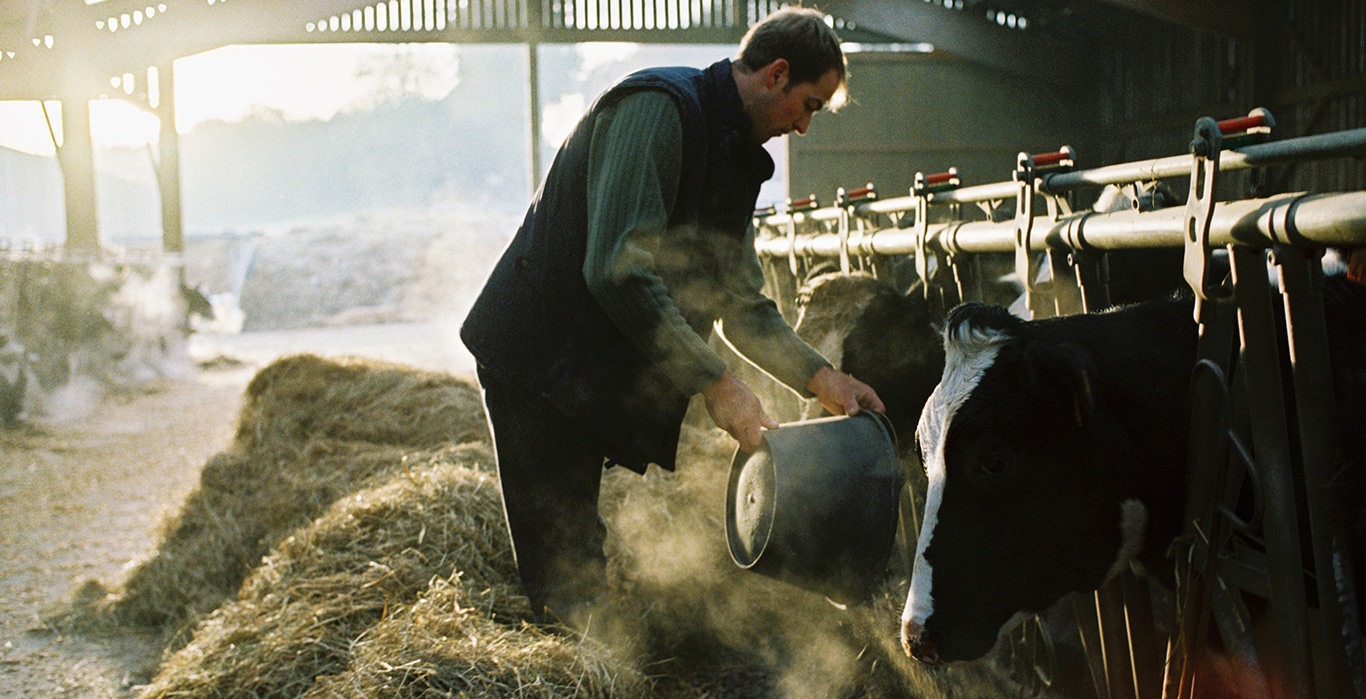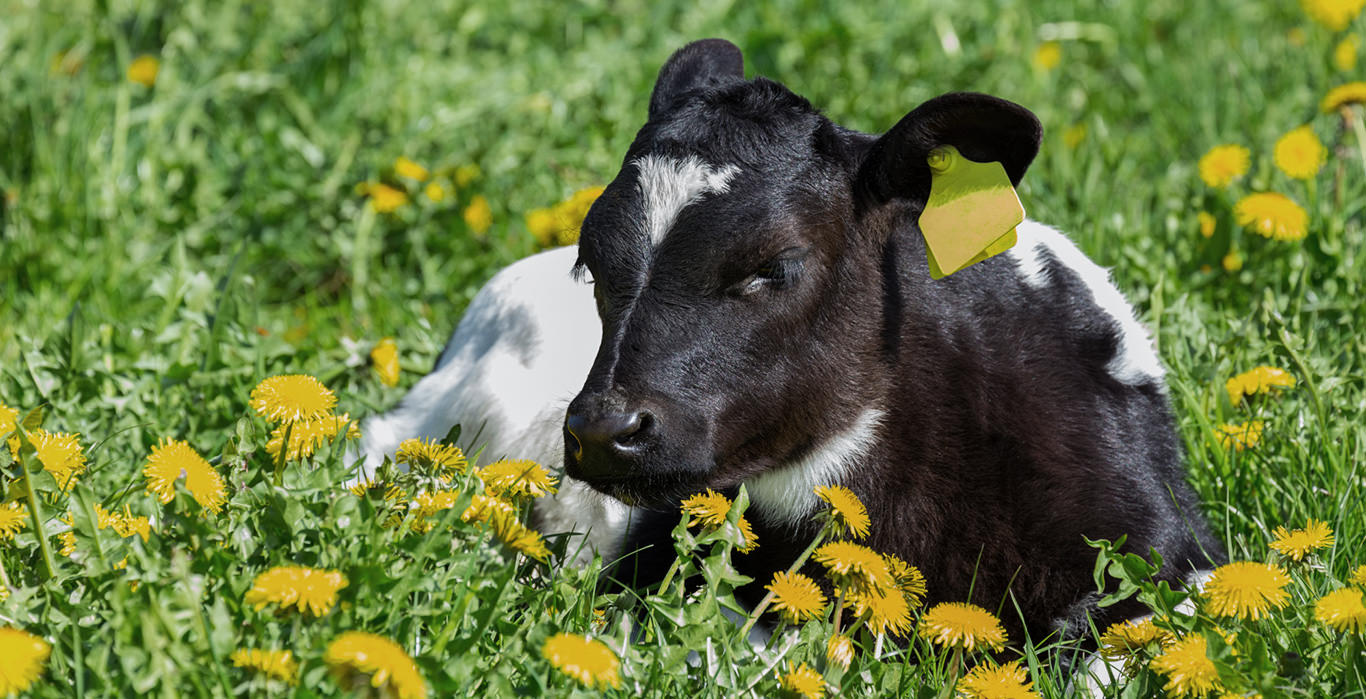The history of farming and of the relationship between farmers and their animals goes back 10,000 years.

The farmer - Guardian of the welfare of his animals.
In France, the dairy farm is on a human scale
French dairy farms have around sixty cows on average. Because of this, the farmer has a strong, individual connection to his animals: he births them, raises them, spends a great deal of time with his cows (most notably, twice a day at milking), and all this, throughout the entirety of the animals’ life.
The farmer’s unique expertise lies in his fine-grained knowledge of his herd, which he acquires thanks to the individual observation of each cow. We call that “having a farmer’s eye”.
This special relationship also allows the farmer to attend to the welfare of each animal individually, particularly with regards to its nutrition, its comfort, and its health.

A herd in good health
A herd in good health is a strong indicator of the attention and care that the farmer gives to his animals.
For a farmer, ensuring the well-being of his herd is an essential part of his job. Farmers are always interested in scientific and technological developments and use them in order to better deal with the needs and well-being of their animals.
For example: the disbudding of calves is a procedure to prevent the development of a horn which has not yet started to grow. It is carried out on young calves in their first month of life. Techniques have been developed to limit the stress and pain the calf is subjected to (anaesthesia, anti-inflammatories, restraints…).
In order to avoid dehorning entirely, farmers are increasingly genetically selecting for hornless animals.